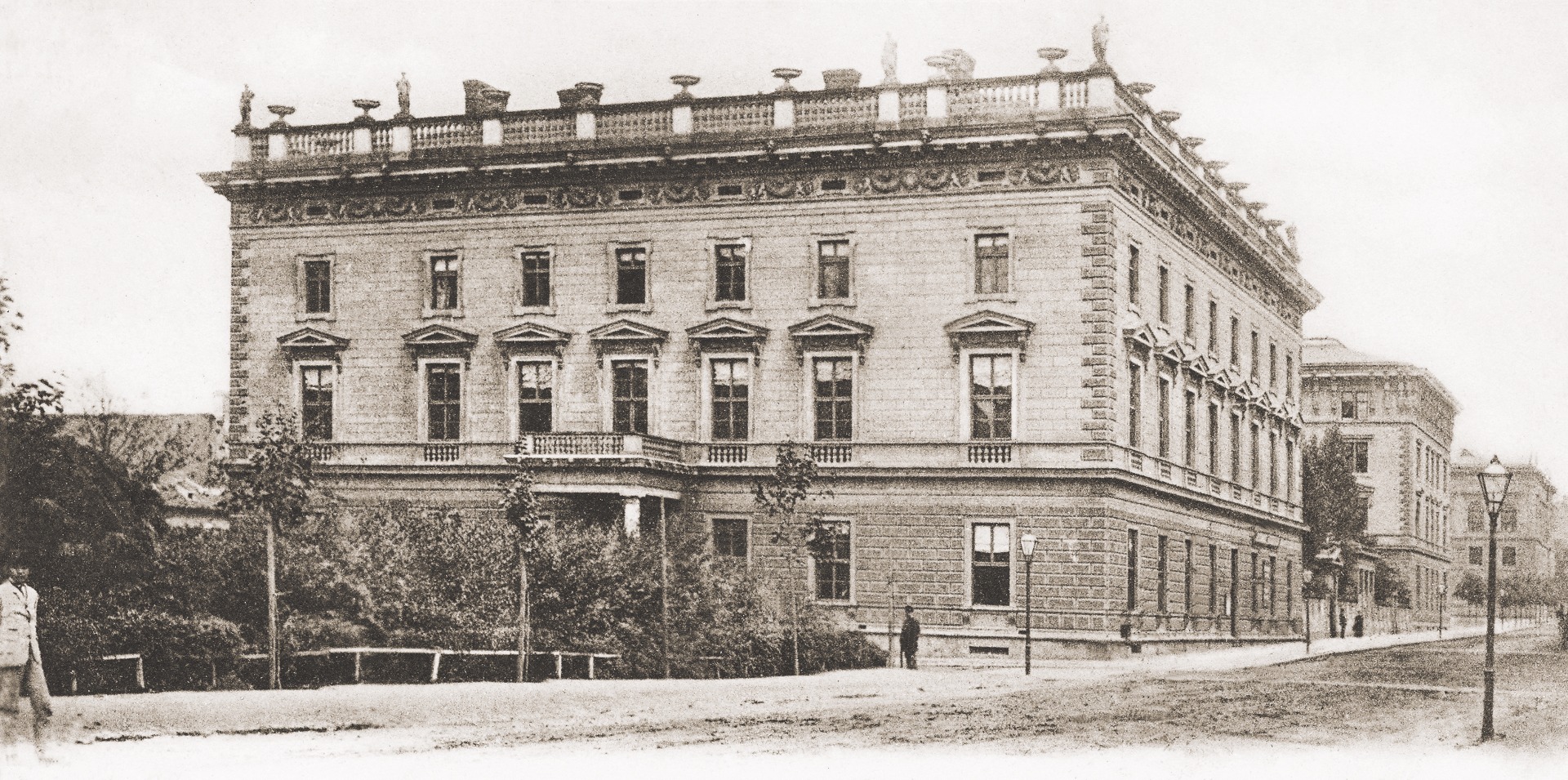
9
Besední dům (Beseda House)
KOMENSKÉHO NÁMĚSTÍ 8
The Neo-Renaissance building of the Besední dům was built from 1870 to 1873, based on a design by the architect Theophil von Hansen. The opening of the building was a watershed for Brno's Czech population as within the centre of the city there was now a social and cultural centre, the construction of which demonstrated the Czechs' growing self-confidence. Many Czech societies were resident here, the most famous of which included the Czech Readers' Circle and the Brno Beseda. The choirmaster of the Beseda in the 1870s and 1880s was also Leoš Janáček, who appeared at the society concerts as a pianist though principally as a conductor of large concert productions (such as Mozart's Requiem, Beethoven's Missa solemnis and Dvořák's Stabat Mater). Janáček's daughter, Olga, also took part in the societies' meetings and musical evenings. Many of Janáček's works had their premiere in the Besední dům, particularly his chamber works, such as the wind sextet Youth, Nursery Rhymes and Concertino. In 1905 Janáček was to witness a tragic event when a young worker, František Pavlík, was killed by policemen during a demonstration calling for a Czech university. This led Janáček to compose the piano composition 1. X. 1905 "From the Street". Today the Besední dům is the home of the Brno Philharmonic.

The jubilee concert by the Philharmonic Society of the Brno Beseda on the 10th of January 1886at the large hall of the Besedni dům brought together an immeasurable number of the Czech intelligentsia of Brno and its surrounds. The concert programme was chosen with rare musical tact, climaxing with Dvořák's sublime Hymnus, which dates back to the earlier period of the maestro's writing, and the classicalsymphony in D minor, which is shining evidence of sun-filled heights. [...] As for the performance of all of these three compositions, the conductor and the players deserve unreserved praise.
From a review by Karel Kovařovic of a concert by the Philharmonic of the Brno Beseda conducted by Leoš Janáček
(Hudební listy, 15. 1. 1886)








